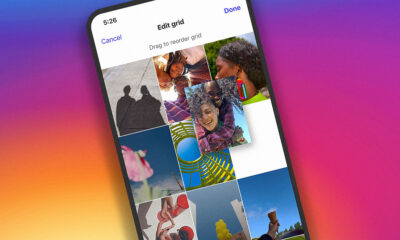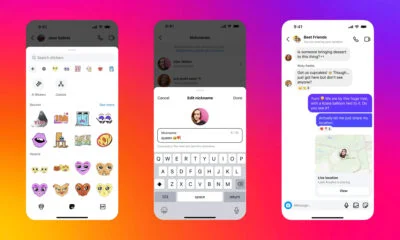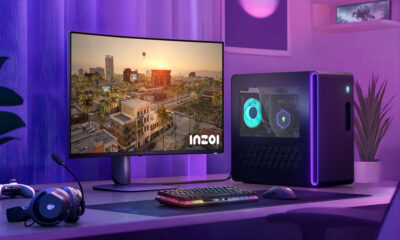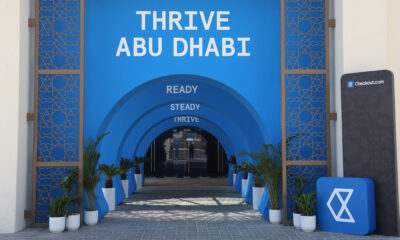News
Belgian Artist Creates Instagram Surveillance Tool
The latest project from artist Dries Depoorter is called “The Follower”, and it’s a frightening glimpse into the world of public surveillance.
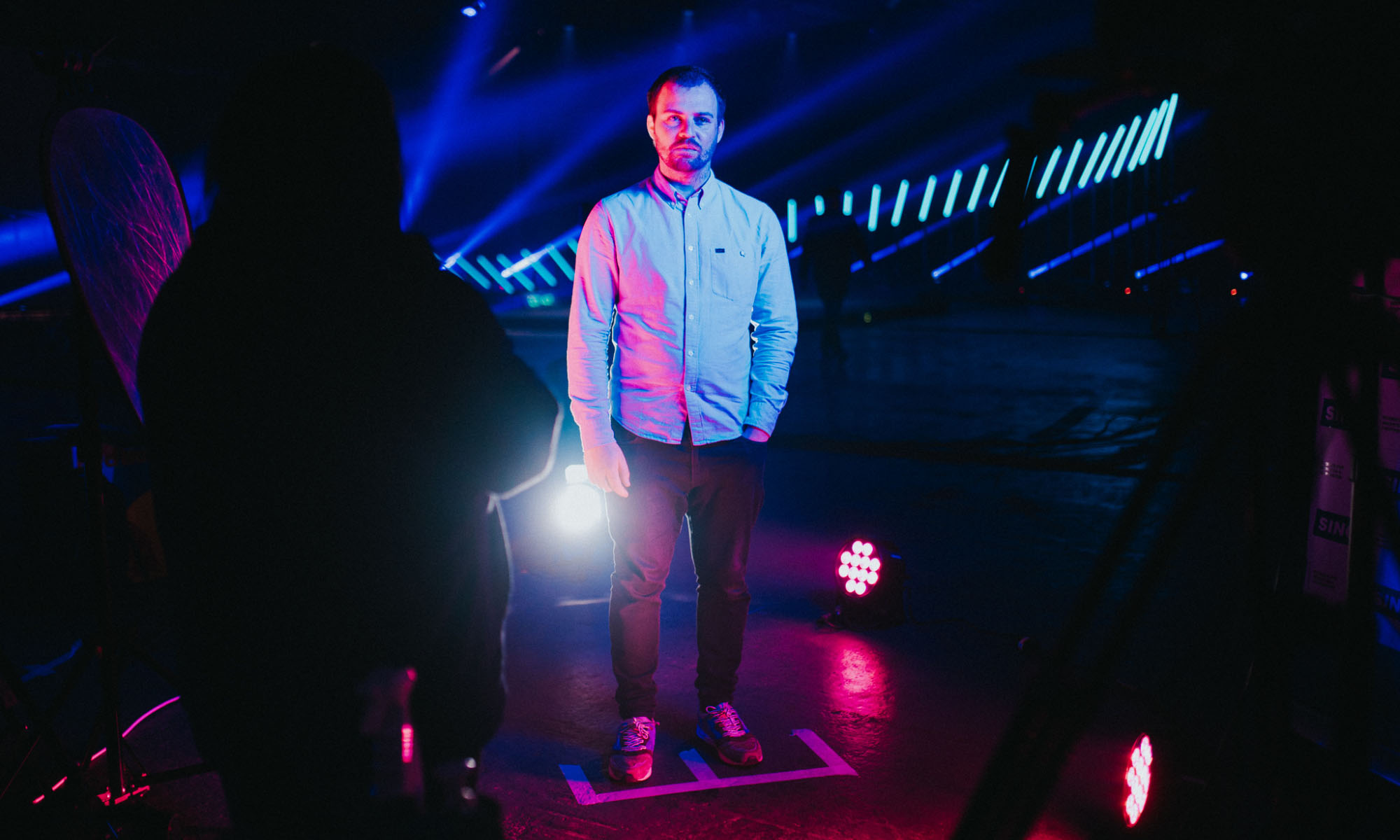
How often have you or your friends posed for an Instagram photo in public? Whether you’re on vacation or fooling around outside your favorite restaurant, we’re guessing the answer is most likely “a lot”. Well, if that’s the case, you might just end up as a subject in artist Dries Depoorter’s latest project, called “The Follower”.
The sinister-sounding creation was born after Depoorter noticed someone taking a lot of public Instagram shots:
“One day, I saw a person taking photos for like 20 minutes, and I was trying to find them on Instagram a day later without much success. That’s when I started building the software,” says Depoorter.
Thanks to the facial recognition software built by Depoorter, which crawls through footage from open webcams live streaming in public spaces, he quickly found a video of the Instagrammer in question when he posted shots onto the Meta-owned platform later that day.
The project is a fascinating (and terrifying) glimpse into how much information can be gathered using modern software — especially as the artist only had access to publicly available cameras. Depoorter’s work highlights the sheer scale of the world’s surveillance network and the enormous volumes of data we give away daily for AI bots to analyze.
Also Read: How To Permanently Delete Your Instagram Account
Depoorter has a history of projects like “The Follower”. In 2021, he created a similar piece of software that scanned the live streams of Flemish government meetings, using AI to search for politicians scrolling through their smartphones out of apparent boredom. The project was known as “The Flemish Scrollers” and automatically tagged the targets via Twitter.
As Depoorter points out, he isn’t the only one with access to these cameras, and it’s genuinely scary to imagine the surveillance tools the world’s government agencies have at their disposal. Next time you take selfies in a public place, check over your shoulder — you might be being watched!
News
Dubai Integrates LiDAR & Digital Twins For Road Management
The Road and Traffic Authority hopes to enhance road maintenance with faster, safer, and more accurate assessments.
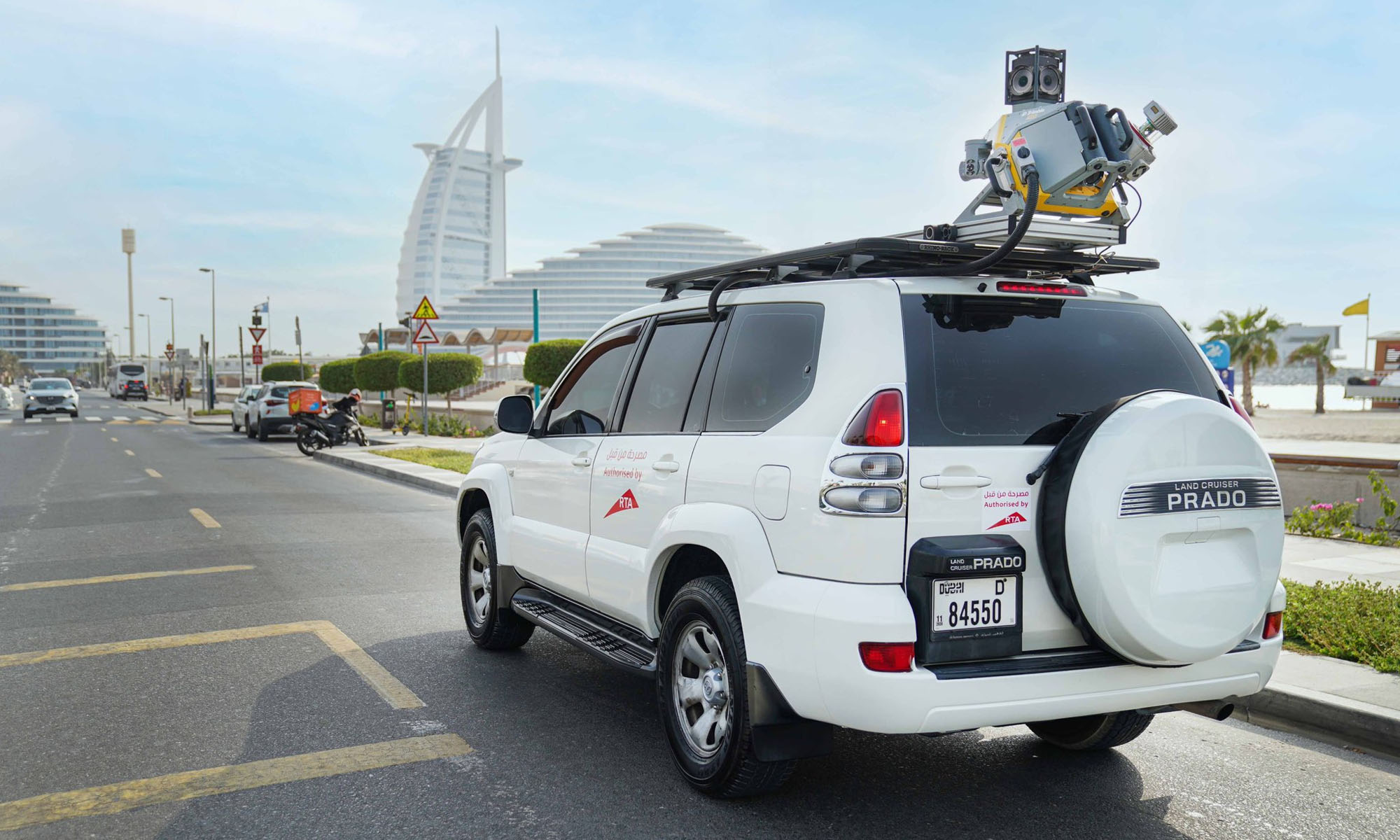
Dubai’s Roads and Transport Authority (RTA) is stepping up its road maintenance game by introducing LiDAR — short for Light Detection and Ranging — into its asset management system. This tech shift is part of a broader strategy to modernize how the city monitors and maintains its roads, using data-driven insights from digital twin platforms.
RTA has adopted the latest LiDAR (Light Detection and Ranging) technology to assess the condition of road assets and enhance the accuracy of data used in digital twin platforms. The initiative supports the development of preventive, predictive, and proactive maintenance… pic.twitter.com/8I7j9J9haw
— RTA (@rta_dubai) April 9, 2025
LiDAR isn’t new to the tech world, but RTA’s application of it marks a leap in how public infrastructure is managed. Instead of relying on slower, traditional visual inspections, lasers scan and map road conditions in real time. The result? Faster, more accurate data collection that feeds into advanced maintenance strategies — both preventive and predictive.
Hussain Al Banna, CEO of the Traffic and Roads Agency at RTA, highlighted the efficiency gains. “LiDAR technology delivers a remarkable boost in performance and speed, delivering up to 300% compared to traditional visual inspections,” he said. It’s a move that fits with Dubai’s broader vision of becoming a global model for smart, sustainable cities.
Accuracy is another key benefit. According to Al Banna, LiDAR offers up to 95% accuracy when assessing road conditions. This precision enhances the reliability of the data used for infrastructure decisions and helps streamline maintenance planning.
Also Read: Checkout.com Set To Launch Card Issuing In The UAE
LiDAR also enables safer inspections of high-up or hard-to-reach assets — think traffic lights, road signs, and lighting poles. This kind of efficiency isn’t just about numbers; it also reduces (or even eliminates) the need for manual labor in hazardous environments.
The scale of coverage is another game-changer. LiDAR will allow the RTA to scan around 80 kilometers of roads in a single day — a massive improvement compared to older methods, which typically cap out at 3 kilometers per day. Scanning can also be done on the move, at speeds between 30 and 100 km/h, helping to avoid road closures and traffic blockages.
Al Banna also emphasized the value of this real-time, high-resolution data in long-term planning: “This advanced technology delivers highly accurate data and detailed analysis of asset conditions, supporting the long-term sustainability of the Assets Condition Index (ACI)”. He noted that it helps in smart scheduling of maintenance, especially predictive tasks, by prioritizing based on strategic needs.


